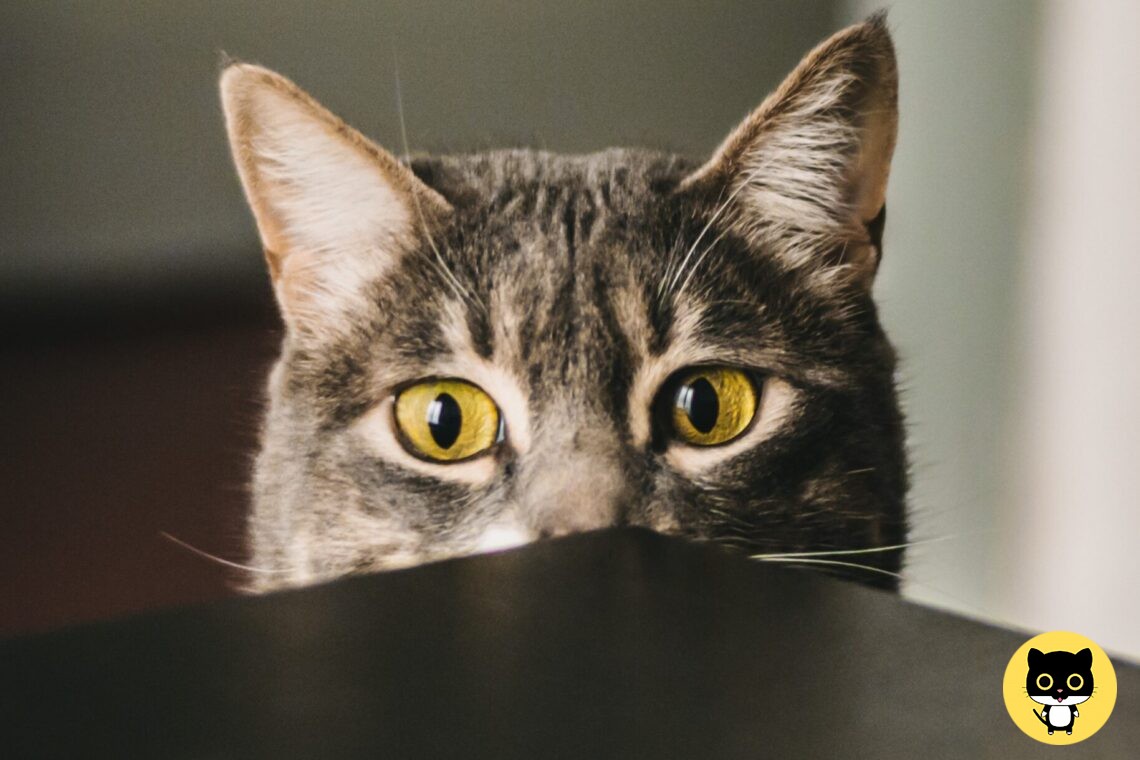It’s no secret that cats can be more prone to health issues than other species. One of the common conditions cats face is a hernia, and it can occur after a spay. As a pet parent, it’s important to understand what a hernia is, the causes, symptoms, treatments, and prevention tips. Below we will discuss cat hernias after spay and provide helpful tips for pet parents.
What is a hernia?
A hernia is a protrusion of a body part or organ through an abnormal opening in the body. In cats, hernias most commonly occur in the abdomen. There are a couple of different types of hernias that cats can develop, including inguinal hernias, ventral hernias, and diaphragmatic hernias.
Inguinal hernias occur when the intestines or fat protrude through the abdominal wall in the inguinal canal, which is located on the side of the body. Ventral hernias occur when the intestines or fat protrude through the abdominal wall in the ventral midline, which is located in the center of the abdomen. Diaphragmatic hernias occur when the intestines or organs protrude through a tear in the diaphragm, which is the muscle that separates the chest and abdominal cavities.
Causes of hernias in cats after spay
Cat hernias after spay typically occur due to a combination of factors. First, cats may have a congenital defect, which means the hernia is present from birth. Second, cats may be predisposed to hernias due to their breed or gender. Third, surgery can cause damage to the abdominal wall, resulting in a hernia. During a spay, for example, the muscles and tissues in the abdomen can be stretched, resulting in a weakened abdominal wall. This weakened abdominal wall can allow organs and fat to protrude through.
Symptoms of hernias after spay
The symptoms of a cat hernia after spay can vary depending on the type of hernia. Generally speaking, there are a few common symptoms of hernias. The most common symptom is a lump or bulge in the abdomen. This lump or bulge may be painful to the touch. Other symptoms may include vomiting, loss of appetite, constipation, and difficulty urinating.
Diagnosis of hernias after spay
If you notice any of the symptoms of a hernia in your cat, it’s important to take them to the vet for a diagnosis. The vet will perform a physical examination of your cat and may order additional tests such as x-rays or ultrasounds. These tests will help the vet to determine the type of hernia and the best course of treatment.
Treatments for hernias after spay
The treatment for a cat hernia after spay will depend on the type and severity of the hernia. Generally speaking, hernias can be treated with medications, lifestyle changes, and/or surgery. Medications may be prescribed to reduce inflammation and discomfort. Lifestyle changes may include exercise and weight management. Surgery is often recommended for severe hernias.
Prevention tips for hernias after spay
The best way to prevent a cat hernia after spay is to have a good veterinarian perform the procedure. The vet should inspect the cat’s abdominal wall before and after the surgery to ensure there are no tears or weak spots. Additionally, pet parents should be aware of the risks associated with spaying and watch for any signs of a hernia.
Hernia surgery
If your cat’s hernia is severe enough, the vet may recommend surgery. During the surgery, the vet will repair the hernia by stitching the abdominal wall back together. The vet may also use a mesh patch to reinforce the abdominal wall. The surgery is typically done under general anesthesia and may require a couple of days of hospitalization.
Post-surgery care for cat with hernias
After the surgery, it’s important to provide your cat with the best possible care. This includes monitoring them closely and providing a comfortable, stress-free environment. It’s also important to keep the incision site clean and dry. The vet may prescribe antibiotics and/or pain medications to help your cat heal and recover.
Alternatives to surgery for hernias
In some cases, surgery may not be necessary to treat a cat hernia after spay. The vet may recommend alternate treatments such as medications, lifestyle changes, or weight management. Your vet may also recommend a wait-and-see approach for mild hernias.
Questions or thoughts? Please register to leave a reply below and post in the Forums.

